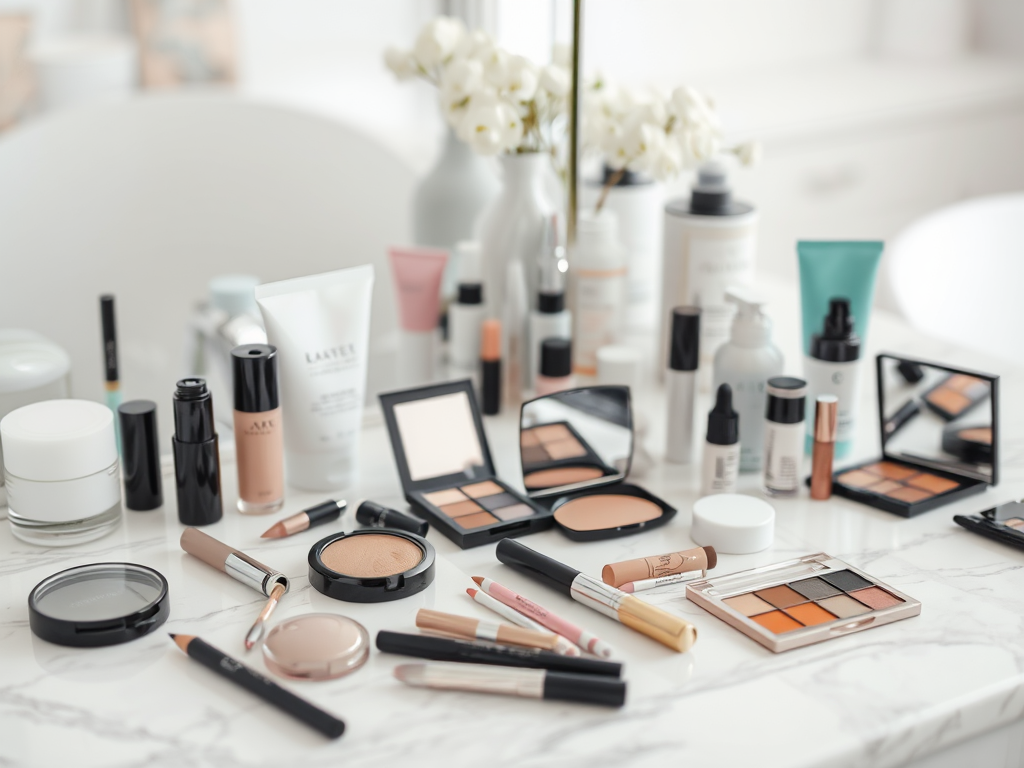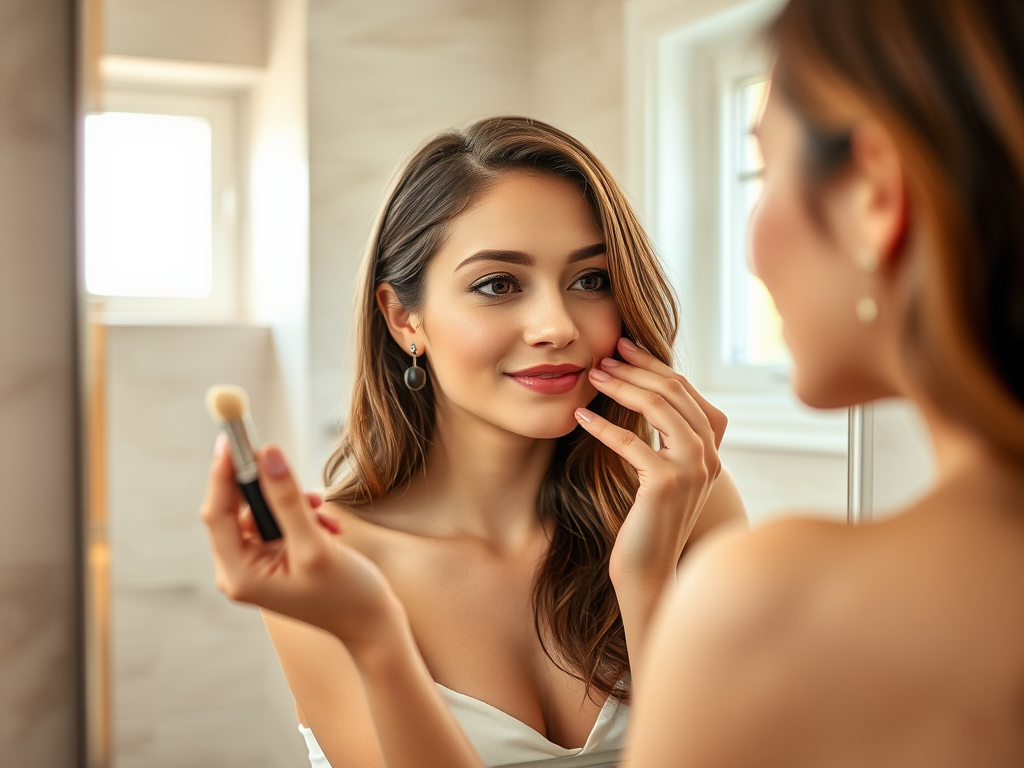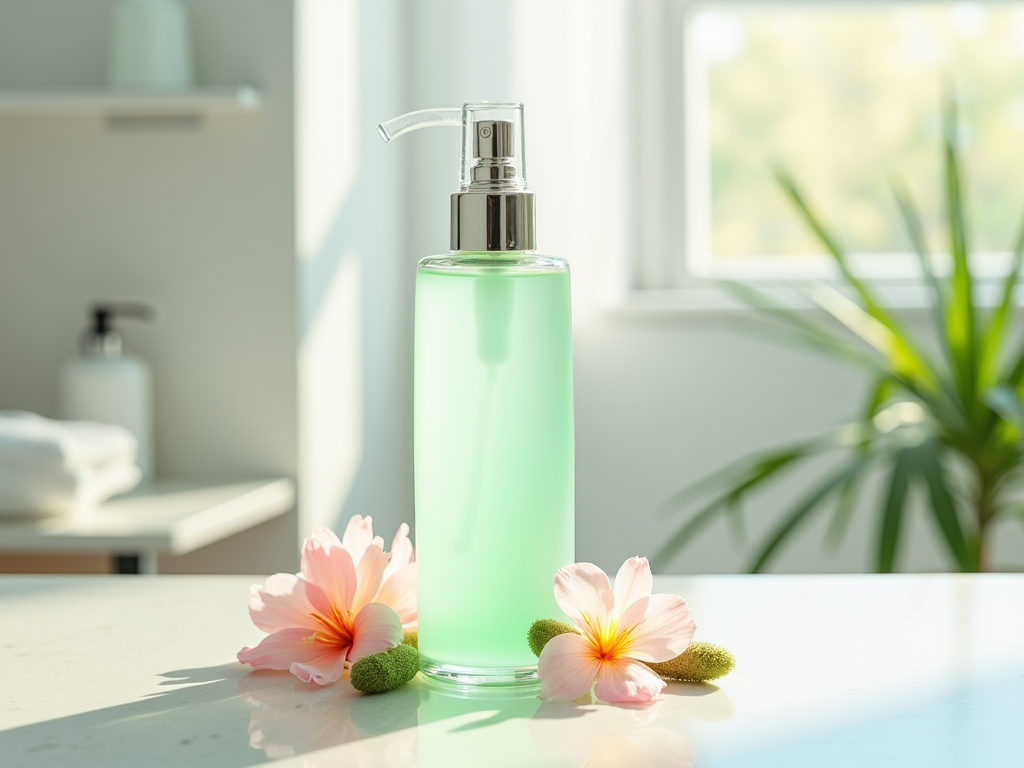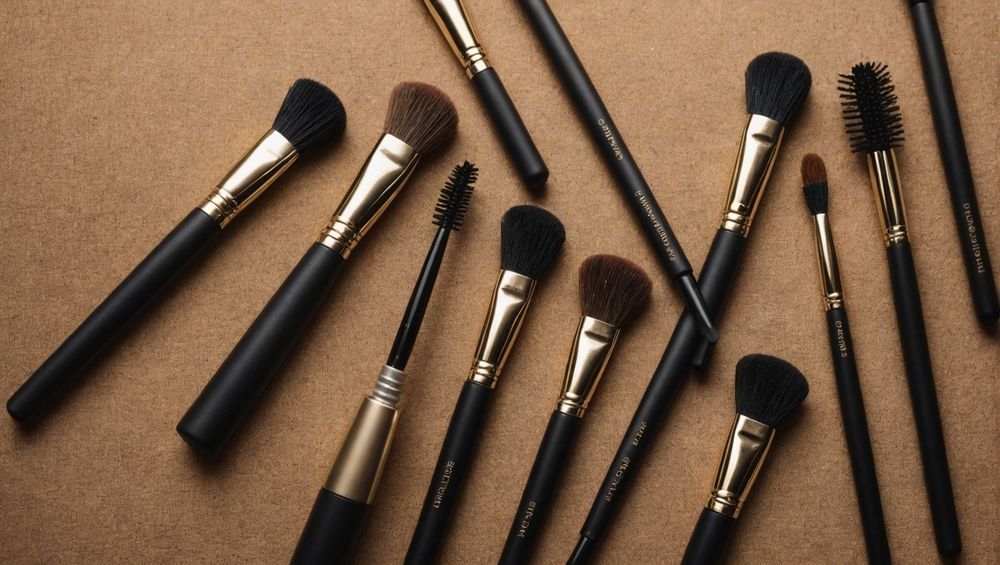When it comes to makeup, achieving a flawless finish is often the ultimate goal, but for many, the dreaded “cakey skin” can be an all-too-frequent issue. It can turn a carefully curated look into a patchy, textured appearance in mere minutes. However, understanding the factors that contribute to cakey skin—especially how different skin types react to various makeup products—can help guide you toward a more polished appearance. With the right knowledge and techniques, you can enhance your makeup application and minimize the risk of encountering this problem. In this article, we will delve into the relationship between skin type and makeup, revealing how these elements can either complement or sabotage your beauty routine.
Before diving into the specifics, it’s crucial to grasp what cakey skin actually is. The term refers to a foundation or makeup look that appears heavy or uneven, often due to improper blending, excessive layering, or incompatible products. Many factors can exacerbate this issue, including skin texture, environmental conditions, and makeup techniques. The good news is that with the right practices in place, cakey skin is not an inevitable reality. By addressing your unique skin type and establishing a consistent skincare routine, you can lay a solid foundation for your makeup application—pun intended!
Understanding Cakey Skin

Cakey skin presents a common conundrum for makeup lovers everywhere. It frequently arises when products don’t adhere well to the skin, resulting in a look that’s less than desirable. To combat this challenge, it’s essential to understand how your specific skin type impacts this phenomenon. Each skin type has distinct characteristics that influence everything from product selection to application techniques. In essence, recognizing these differences can be the key to achieving a smooth, flawless finish that lasts all day.
The Connection Between Skin Type and Makeup Application

Makeup application is not a one-size-fits-all process; it significantly varies based on your skin type. Each type—oily, dry, combination, and sensitive—has specific traits that can either enhance or detract from the overall look. Knowing this connection can empower you to make informed choices about which products to use, ultimately leading to a more harmonious makeup experience. Below is a breakdown of the various skin types and how they influence makeup application:
- Oily Skin: Tends to be shiny and might require special products to control oil and shine.
- Dry Skin: Often appears flakey and may need hydrating products to avoid clinging.
- Combination Skin: Exhibits both oily and dry areas, necessitating tailored product applications.
- Sensitive Skin: Prone to irritation, requiring careful product selection to avoid bad reactions.
Oily Skin
If you have oily skin, managing excess sebum becomes crucial to preventing cakiness. The shine produced can compromise not just the appearance of your makeup, but also its longevity. Choosing lightweight foundations and mattifying products can help absorb excess oil and create a balanced look. Incorporating a good skincare regimen—particularly focusing on oil-free moisturizers—can also make a significant difference in how your makeup sits.
- Use mattifying primers and powders.
- Opt for lightweight foundations that offer buildable coverage.
Dry Skin
For those with dry skin, the challenge is often the appearance of flakiness, which can result in a cakey look. Hydration is vital here; without it, foundation can clump or settle into fine lines. The right application techniques and product selections are crucial for achieving a dewy finish. Prioritize creams and liquids that hydrate and nourish your skin while providing coverage.
- Prioritize hydrating primers and moisturizers.
- Choose creamy or liquid foundations that provide hydration.
The Role of Skincare in Makeup Application
Your skincare routine contributes significantly to how makeup applies and adheres to your skin. Products that prep the skin can make or break your makeup look. For instance, certain ingredients can promote smoothness, while others may cause flakiness or greasiness. Ensuring you address your skin’s needs through proper skincare sets a solid foundation—literally—for your makeup.
Here are essential skincare steps to consider:
| Step | Description |
|---|---|
| Cleansing | Removes impurities to prevent buildup that can lead to cakiness |
| Exfoliating | Smooths the skin’s surface, allowing for an even makeup application |
| Moisturizing | Hydrated skin is crucial for a seamless finish |
Techniques to Avoid Cakey Skin
Makeup application techniques significantly affect the final appearance of your makeup. Utilizing the right tools and methods can help you achieve a more seamless finish. This includes the importance of correctly layering products and altering your application style based on your skin needs. Additionally, knowing when to apply certain products can help keep cakiness at bay.
The tools you choose to apply your makeup can greatly influence the end result. Different tools serve different purposes and can affect how products meld with your skin. For instance, blending sponges tend to create a seamless foundation finish, while brushes may apply coverage more densely. Understanding the nuances of each tool can enhance your makeup application significantly.
- Blending Sponges: Perfect for a seamless finish.
- Foundation Brushes: Ideal for coverage but should be used with a light hand.
Layering products wisely is equally crucial. When applying makeup, it’s essential to avoid over-layering, which can lead to a cakey finish. Applying products in thin layers allows for buildable coverage without the heaviness that can compromise your desired look. Ultimately, this technique ensures a more natural finish—something everyone strives for when it comes to makeup.
Conclusion
Understanding how your skin type influences makeup application is essential for achieving a flawless look. By choosing the right products tailored to your unique skin needs and establishing a consistent skincare routine, you can effectively prevent cakey skin. Furthermore, applying effective techniques and using the proper tools will enhance your overall makeup experience. Embracing these strategies not only works toward eliminating cakiness but also empowers you to flaunt your skin’s natural beauty with confidence.
Frequently Asked Questions
- What causes cakey skin? Cakey skin is caused by a combination of product buildup, improper application techniques, and skin type characteristics.
- How can I prevent cakey makeup? To prevent cakey makeup, ensure you have a proper skincare routine, choose the right products for your skin type, and apply makeup using appropriate techniques.
- Does skin type affect foundation choice? Yes, different skin types require different foundation formulations to achieve the best finish.
- Can skincare products contribute to cakey skin? Absolutely! Using the wrong skincare products can lead to improper makeup adherence and appearances, such as dryness or excess oil.



